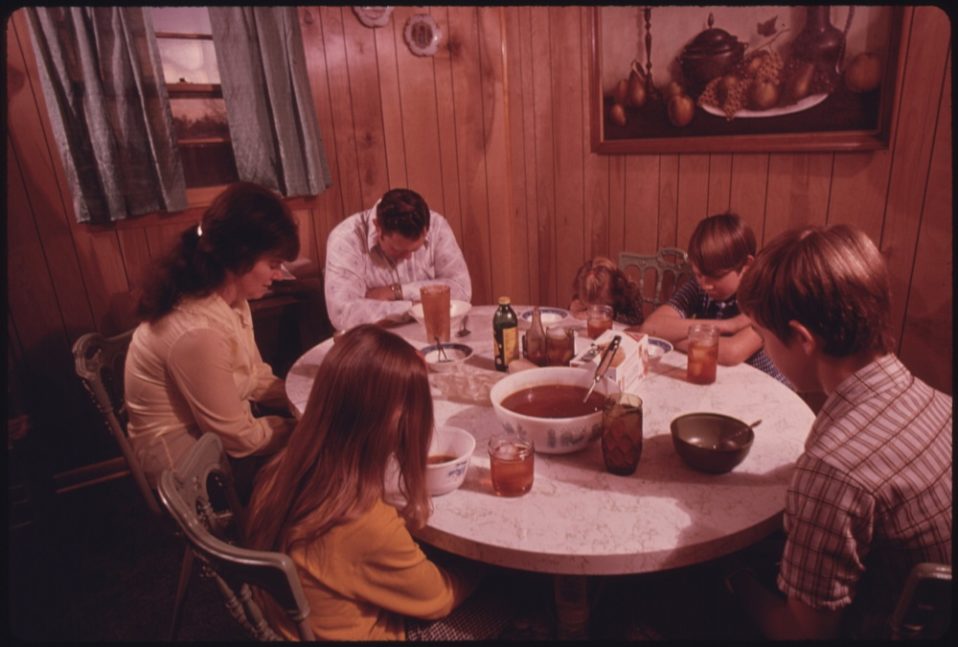“We don’t see things as they are, we see things as we are” – Anais Nin
I recollect a friend who had an arranged marriage 18 years back. Being outgoing and an extrovert, in the initial years he liked the contrasting behavior of his quiet, intellectual wife. But slowly, he started seeing her as a ‘misfit’ in his group of friends, as she would be restrained or quiet in parties or group outings. On the other hand, her ‘literary club’ or ‘bridge group’ seemed too intellectual for him. Over time, they drifted apart socially. Now they move in separate social circles, hardly meeting in public events or groups.
Was this better than divorce? Are they really enjoying their marriage? Maybe yes, but possibly it’s a compromise. Interestingly, this seems more like a norm than exception in urban families. I largely see social groups where there are married people, but very few couples.
My friend and his wife found an easy way out… but what if they come together to form a ‘business partnership’? He starts a company and she is a stakeholder taking responsibility for some functions? How do they work together?
On a larger scale, there are organizations where CXOs or Co-Founders (in case of start-ups) bring in their own personal values. Each of them leads a vertical (Finance, Sales et al). As their values conflict (bound to happen !), they slowly disengage and their verticals ‘harden’ into silos which run like parallel organizations. As the situation deteriorates, they wonder why performance is going down when each of them is giving their best!
When two or more people interact, conflicts happen. Conflicts are the spice of life… and remind us of our individuality. But if not managed can lead to breakdown, whether in a marriage, friendship, group or an organization.
What is the source of Conflicts? Usually, it is the ‘way we see the world’ which is different from the perspective of another person. Quite simple till here…
Conflicts happen when we feel that the other person’s values are ‘wrong’. A lady values quiet moments while her husband values socializing with friends. He finds her laid back while she finds him too energetic. They are busy trying to ‘change’ each other !
The CTO of a company believes in a structured process for developing quality products, while the COO wants to move fast to deliver business results. Both are struggling to ‘understand’ the different perspective….. as they see the other ‘harming their career aspirations’.
So how do we manage conflicts? We understand each other’s point of view and find a ‘win win’ solution or middle path to tread together by aligning our values.
Whether in a family, a group or an organization the dynamics are the same. Just the complexity goes up. The three most basic steps are:
a. ‘Listen’ to yourself: As a Life coach working on behavior transformation, I am amazed how most people are unaware of their own values and attitudes. Early in my career, I had a boss who valued speed of execution. Very rarely would a teammate get a positive feedback, as only work done at the ‘speed of light’ came up to his expectations! Interestingly, he felt this was quite normal and the only way to do work. The ‘slowness’ of people was attributed to low engagement and disinterest in work. When I met him a few years later, he seemed a changed person…more accepting and patient with people. Somewhere down the line, he had realized that ‘speed of execution’ was his value and need not be important for others. Imagine the pain he caused to himself and others before that, thinking that his perspective was the only reality.
b. ‘Listen’ to others: Next, we need to understand others’ values. Imagine if everyone could walk around with a placard saying “Attention! Below are my values and attitudes. Ignore them at your own risk” ! Unfortunately, values are intangible and hidden.
Marriages, business relationships, social structures breakup as people step on the ‘minefields’ of others’ values without a clue of what’s happened. One of my friends was very family oriented and married a homely girl. It took him years to realize that she valued her friends as much as family, and the reason why she would go ‘the extra mile’ to engage, socialize and help her close friends…sometimes even at the cost of family time. When he became aware of her perspective, he realized her ‘moderate’ commitment to family (in his perspective) was actually a ‘huge stretch’ for her, considering her value system.
c. Building shared values: When our children were growing up, my wife would enforce discipline for certain things like ‘sleep overs’, eating out, going out with friends etc. The kids would come to me all weepy and I would relent to their demands. My wife would later insist that I demonstrate the same attitude as her, when engaging with our children, which would end up in an argument on what was right for them. Eventually, better sense prevailed.We reached a consensus on what was acceptable and became more consistent in communicating to our children, showing significant impact.
Every unit of individuals (family, group, team, organization) needs to have ‘shared values’ which are demonstrated consistently. The trick is to agree on the shared values and stick to them, even if they do not ‘connect fully’ with each individual. This is very relevant for organizations, as shared values demonstrated by leaders/ team members can bring cohesion, clarity, quick decision making and high engagement.
d. Induct new comers: Potentially, every new comer can disrupt the team ! I remember someone who had been married for a few years and then his sister in law came over to live with him and his wife for some time. In a few months, she disrupted the ‘shared values system’ and created friction between the married couple. Organizations are also vulnerable to such dangers and need to proactively align the new comers to the shared values. Those who do not align should be asked to go.
Comments are welcome!





Post a comment